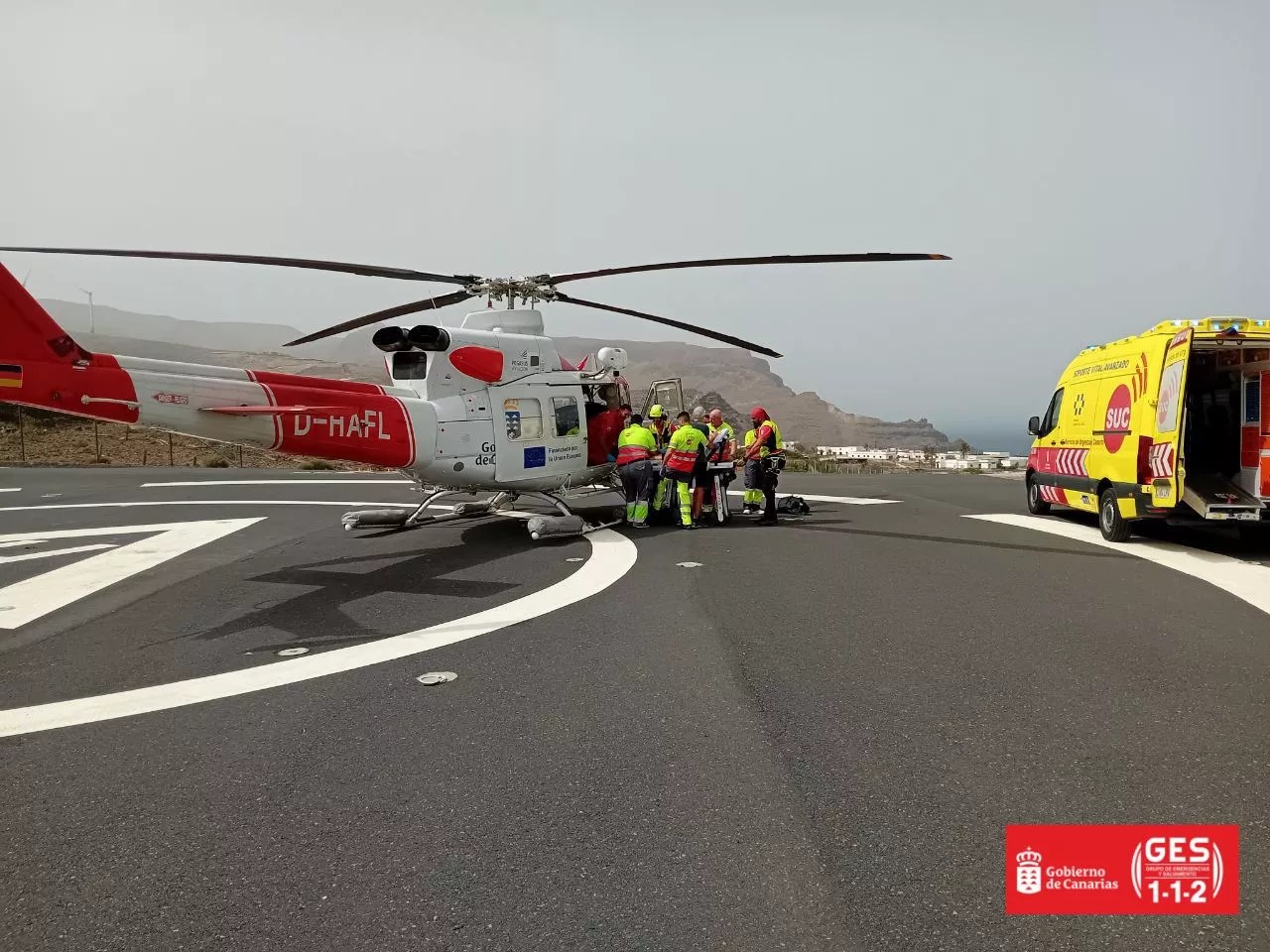The circulation of the virus has gotten out of control. After a month of expansion of infections by covid by the island geography, healthcare pressure has reached such a point that Ministry of Health has been forced to modify the consideration of risk of some islands and that of the Archipelago, in general. The traffic light in the community has turned amber, which indicates the potential danger of collapse of healthcare activity in the event that the incidence continues to increase. This, however, does not imply the establishment of any additional measure.
In the autonomous community as a whole, the daily average number of conventional hospital beds occupied by patients with covid amounts to 18.5%, which corresponds to a medium risk level. In this sense, there are three islands that are at the same level (Tenerife, La Palma and El Hierro), three below (La Gomera, Fuerteventura and Lanzarote) and one above (Gran Canaria).
The modifications of the risk traffic lights are not associated with new restrictions
The islands with the most saturated hospitals by covid are those of Gran Canaria, Tenerife, La Palma and El Hierro. NeverthelessGran Canaria is, by far, the most affected by this seventh wave. With almost 250 hospitalized patients –only in its two public hospitals (Doctor Negrín and Insular)–, its hospital occupancy rate on the floor rises to 11.6%, which corresponds to high risk. For this reason, Health decided to change its risk traffic light to raise it to level 3, which corresponds to the color red on the emergency chromatic scale. It should be remembered that the island was the only one that, after the sixth wave, failed to fully control the circulation of the virus, so this new epidemic peak began from a less favorable base.
La Palma, for its part, has had to raise its risk of healthcare impact to the medium level or 2 (yellow), although due to its hospital indicators it could be framed in red. And it is that its percentage of occupancy in the plant has become 13.04%, which corresponds to a high level of risk. Tenerife and El Hierro will remain at medium risk, a level that the Ministry of Health decided to change a week ago. Also, in both cases, their healthcare indicators reflect that they continue to fall within said risk limit. Tenerife has 6.4% of patients hospitalized in the plant and El Hierro with 6.25%. Fuerteventura, although it remains at a low risk level together with Lanzarote and La Gomera, also shows a growth in healthcare indicators, reaching medium risk in hospital occupancy (5.07%). If the upward trend in healthcare pressure consolidates, the island could change its level.
Gran Canaria is the only island that started the seventh wave at medium risk, equivalent to level 2
Establishing a modification of the risk associated with the expansion of the coronavirus requires that at least one of the care indicators reaches or exceeds certain limits, established by the Ministry of Health and the group of autonomous communities in the Interterritorial Council. Five alert levels have been established (alert level 0, 1, 2, 3 and 4) based on the indicators of use of care services and, according to the new surveillance and control strategy «the alert level will be defined by the indicator of this block that has the highest level of risk». In this case, the Canary Islands have been forced to raise the risk solely due to the increase in care pressure on the ward, given that this seventh wave is not having repercussions on the intensive care units.
In fact, the number of occupied ICU beds stands at 25 beds in the last week andhe percentage of occupancy continues at 4.6%, remaining in controlled circulation in the Canary Islands, except Tenerife and Gran Canaria where they are at low risk.
The occupancy rate of ICU beds per 100,000 inhabitants remains at 1.06 ICU beds occupied per 100,000 inhabitants and all the islands are in controlled circulation, except for Gran Canaria and Tenerife, which are at a low risk level, and La Palma, which oscillates between the level of low risk and controlled circulation.

















